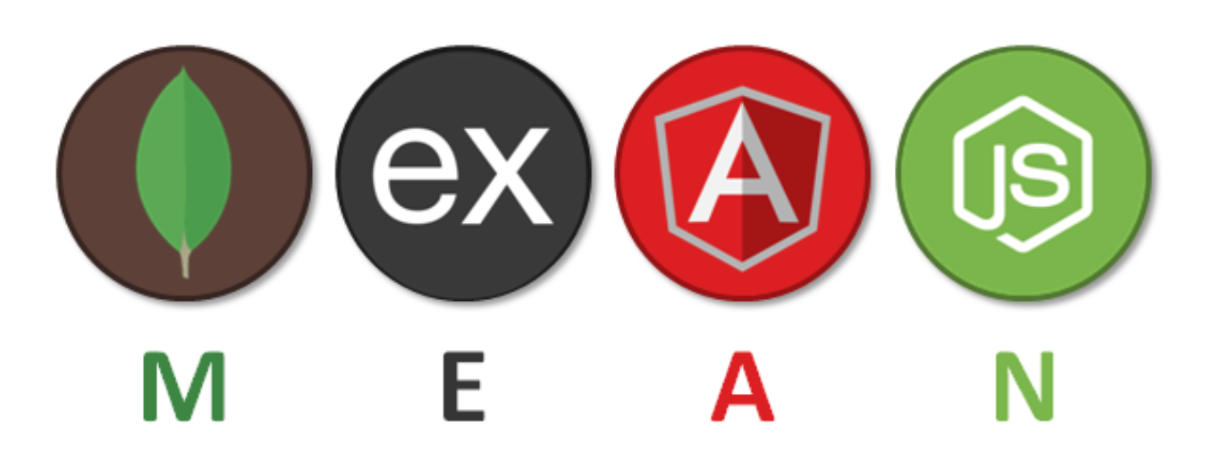Introduction
In today’s software development world, organizations need to be agile and flexible to stay competitive. Many organizations turn to software that can support rapid development and deployment. For this they implement what is called a “mean” stack ( also called a full-stack or end-to-end ) when creating new software.
Instead of gluing together several diverse elements, developers prize the power to make apps on consolidated stacks of core technologies by employing a set of predefined basic components. This makes development a lot easier and faster.
The MEAN stack, which was relatively unknown just ten years ago, is a collection of JavaScript Programs for creating web applications. The word ‘ MEAN ‘ is an abbreviation for MongoDB, Express.js, AngularJS and Node.js. These components can combine with one another and synergize, to create an elegant system.
With the rise of Artificial Intelligence, machine learning, and other technologies, the MEAN stack has become popular in the tech space. In this article, we will give you a brief description of the included components and show how they fit together to build end-to-end apps.
Mean Stack Components
MongoDB: MongoDB is a database that is open source and NoSQL type designed for cloud applications. It uses object-oriented organization instead of a relational model. It is often recommended when scalability is needed in both storage and performance. Within just a few clicks, you can expand several of the available resources, making it perfect for applications which require periods of heightened activity.
Express: It forms the back end of the MEAN stack, handling the interactions between the front end and the database. Express is designed to be used with Node.js, which maintains the consistent use of JavaScript throughout the stack. It is minimalist, but offers excellent error handling and templating functions, designed to work efficiently without cluttering the application.
AngularJS: This Google’s Front-End Framework is extremely popular and effectively the default library that everybody is using if they are developing in Javascript. Its ability to simultaneously develop for desktop and mobile use, the fine-tuned performance and easy-to-use templates make it ideal for building cloud-native applications.
Node.js: This is an open source JavaScript Framework that uses asynchronous events to process multiple connections simultaneously. This is important for cloud-based applications, so that it can effortlessly scale requests on demand. Cloud applications are best when they can respond quickly to usage spikes.
Mean Stack Use Cases
The Mean Stack is the preferred choice for developing cloud-native applications. This is simply because of its flexibility and ability to manage concurrent users. The AngularJS front-end framework makes it ideal for developing single-page applications (SPAs). These serve all the information and main functionality on a single page, which makes the presentation intuitive. Some of the systems you can create with the Mean Stack are Calendars, Expense Tracking Dashboards, News Aggregation Sites and Mapping or Location Finding Tools.
Mean Stack Benefits
Full Stack JavaScript: MEAN’s primary advantage is that it lets you build full-stack applications using a single language. This helps keep it structurally and syntactically sound. Code blocks can also be re-used which can significantly accelerate the development process.
Scalability: MEAN is exceptionally scalable, making it the preferred choice for building large-scale applications. You can distribute the data across numerous servers and add more resources to your clusters as per demand.
Community and Ecosystem: As an open-source stack, MEAN has a thriving developer community contributing to its ongoing development and improvement. It has a wealth of libraries, frameworks, and other tools. The rich ecosystem enables you to integrate features easily with your application without needing to build them from scratch.
Final Takeaways
MEAN is a full-stack software development approach that uses JavaScript to create an application’s front end and back end. You achieve this by configuring and combining the components of MongoDB, Express, Angular.js and Node.js.
The MEAN approach leads to scalable applications. These are easy to maintain, test and deploy. One of the primary features of the MEAN stack is that you can create single-page applications easily without the need for a server. It is an efficient way to build applications for the web.
The MEAN stack has been used by big companies like Netflix, YouTube, JetBlue and The Guardian. So it’s pretty popular. With this new and modern technology, companies are marching forward, fabricating marvelous, original and cutting-edge applications for the sophisticated consumer of the future.
Image Sourced from the Net
